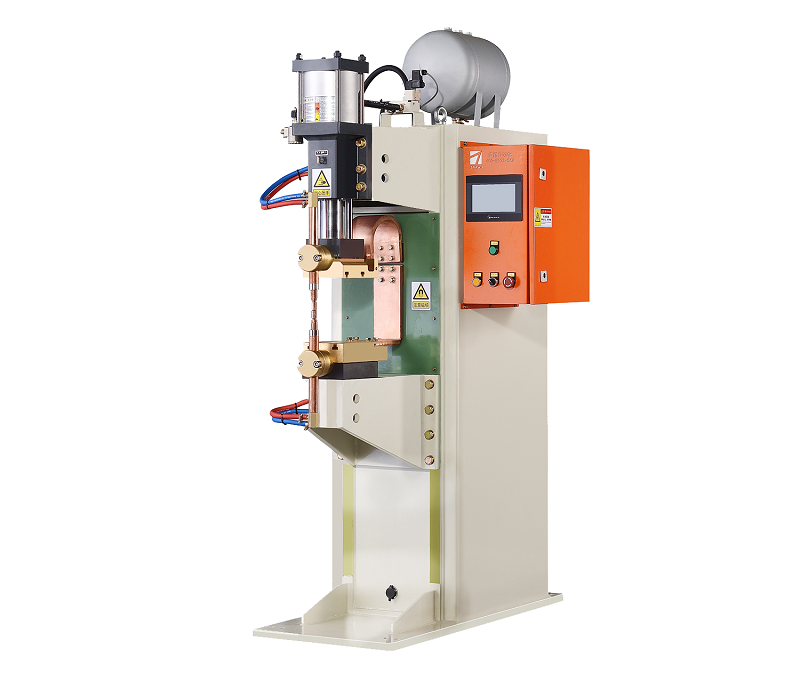Factors Affecting Multi-layer Solder Joints in Medium Frequency Spot Welding Machines?
Medium frequency spot welding is a widely used technique in various industries for joining metal components. It involves the creation of welds by applying pressure and electrical current to the interface of the materials to be joined. Multi-layer solder joints, which involve the welding of multiple layers of metal together, present a unique set of challenges due to the complexity of the welding process. In this article, we will explore the factors that influence the quality of multi-layer solder joints in medium frequency spot welding machines.

- Material Composition and Thickness: The materials being welded play a significant role in the quality of the solder joints. Different metals have varying electrical conductivities and thermal properties, which can affect the distribution of heat and current during welding. Additionally, the thickness of the materials can impact the overall welding process, as thicker materials require more energy to achieve proper fusion.
- Welding Parameters: The welding parameters, including the welding current, welding time, and electrode pressure, greatly influence the quality of solder joints. The appropriate combination of these parameters ensures that enough heat is generated to melt the metals at the interface, creating a strong bond. Deviations from the optimal parameters can lead to insufficient melting or overheating, both of which can result in weak solder joints.
- Electrode Design and Shape: The design and shape of the electrodes used in the welding process affect how the current is distributed across the joint. Proper electrode design ensures even current distribution, minimizing the risk of localized overheating. Electrode materials also play a role in heat transfer and durability, influencing the overall quality of the joint.
- Surface Preparation: Before welding, the surfaces of the materials must be properly prepared. Any contaminants, oxides, or coatings on the surfaces can hinder the formation of a strong solder joint. Surface cleaning and preparation techniques are crucial to ensuring proper fusion between the layers.
- Cooling and Heat Dissipation: The cooling rate after welding affects the microstructure and mechanical properties of the solder joint. Rapid cooling can lead to brittleness and reduced strength, while controlled cooling allows for more uniform grain growth and improved joint integrity. Proper heat dissipation mechanisms must be in place to achieve the desired balance.
- Process Monitoring and Control: Real-time monitoring and control of the welding process can significantly impact the quality of multi-layer solder joints. Advanced sensing technologies can help detect any deviations from the desired parameters and enable adjustments to be made during the welding process, ensuring consistent and high-quality joints.
In conclusion, achieving reliable and strong multi-layer solder joints in medium frequency spot welding machines requires a comprehensive understanding of the factors that influence the welding process. Material properties, welding parameters, electrode design, surface preparation, cooling techniques, and process control all play integral roles in determining the quality of the final joint. By carefully considering and optimizing these factors, manufacturers can ensure the production of durable and robust solder joints for various applications.